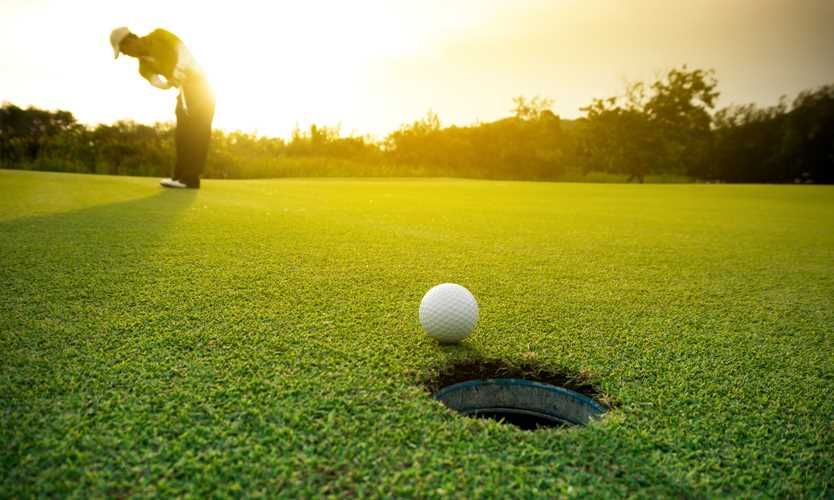Your cart is empty
Free shipping on all US orders


Free shipping on all orders

For some training for this sport in the gym may be a strange thing to hear. The first thing we have to realize when you analyze the golf swing is that it is entirely imbalanced if all we do is swing the golf club to train. The second is that we as upright standing mammals easily use our anterior chain which I will generically refer to as the front part of our body. We rarely think about using our posterior chain. However, the posterior chain is the most important. This is our base. This is what balances out the preferentially and overused anterior chain. So my emphasis lies in working on the posterior chain. I’m not saying to neglect the anterior chain, but we will emphasize the posterior chain.
The first movement I do with most athletes is an overhead squat against a wall. I do this just to show them how anterior chain heavy they are. After this, I start with a few movements. I stay standing in front of this wall and I hold onto a kettlebell between my legs. It’s a similar movement to a goblet squat but with the kettlebell hanging in between your legs. Then I go down with a slow 5 second count and then immediately come up as quick as I can. At the top of the movement I do a slight hip extension to get a flex on my glutes. The glutes are a huge player in the stabilization of your swing, believe it or not. I will have a program below in an excel spreadsheet outlined for you. I also add in there, one legged hip extensions, deadlifts, time under tension Bulgarian split squats, Romanian deadlifts, barbell rows, dumbbell rows, lat pulldowns, and sled pulls. This forces my posterior to chain to take a beating but it also strengthens it. How do I know that this is where we need to start? What’s the most common injury you hear about in golf? Is it anterior chest soreness? Is it abdominal soreness? No, it’s usually something with their upper or lower back, hamstrings, or glutes.
What you see outlined below is how I am training for golf. I also am using a device that helps me with bilateral rotation. The main reason one should be in the gym is to make sure that both sides of your body are getting worked on symmetrically. You can only rotate to one side so many times before the opposite becomes so weak you injure yourself. If golf is such a recreational sport, why do people get injured? If the sport is so ridiculously easy like others talk about, why can’t people get better at it quickly? This is all about balance. You can only be as strong as your weakest point. If you keep injuring your lower back playing golf, do you think playing more golf will help that? I don’t think so. If your upper back, lats and shoulders get injured, do you think rest and then playing golf next week will prevent that “SAME” injury from happening again? Think not. This is why you need to be in the gym and training. If you truly want to amp up your game you need to be in the gym. I didn’t realize this until I got onto the course and hit about 3 rounds in 3 days, and then hit 400 golf balls. I was aching all over. It was a good ache though. But I knew if I wanted to keep playing golf at this rate and improve, I need to be sport specific. Some people wonder why their golf game doesn’t improve. They blame the difficulty of the game. No doubt that the game is difficult. But I blame it on the lack of adaptation. The stigma of the sport has never mentally allowed players to get into the gym and train for it. People have told me that I should stop lifting weights if I want to get better at golf. Hogwash. I will continue to lift weights so I can play golf longer, hit the ball farther, and prevent injury. You should do the same.
The Architect is the head doctor and the head of The BrickHouse Research and Development Team. He had been in the supplement industry developing formulas for many companies before joining BrickHouse. He is consistently studying the latest ingredients bringing the best in nutrition fashion to the world of BrickHouse Nutrition. The Architect lives the life he preaches to everyone. His number one goal is health for you, your family, and for your future generations. When the Architect is not developing nutritional products he is out enjoying a fresh round of golf somewhere in the world or laying the smack down on silly ass weights.